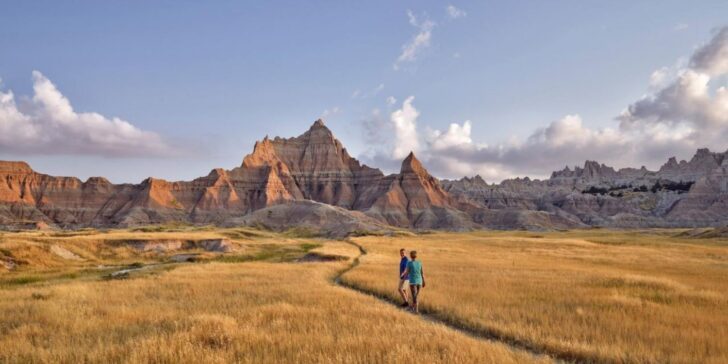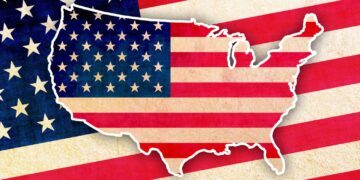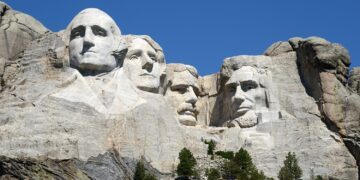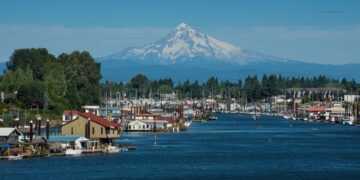Officially nicknamed “The Mount Rushmore State” as well as the “Coyote State” and the “Land of Infinite Variety,” South Dakota was the 40th state to join the United States of America on November 2, 1889.
It has a population of 884,659 people (as of 2019), making it the 46th most populous state.
South Dakota is bordered by the states of Wyoming, North Dakota, Nebraska, Montana, Minnesota, and Iowa.
With a total of 77,116 square miles (199,729 square kilometers) of land and water, it is the 17th largest state.
The capital of South Dakota is Pierre, which is about as close to the state’s center as possible.
That’s enough fast facts about the Mount Rushmore State; let’s jump on 15 significant facts about South Dakota!
People have been living in South Dakota for at least 11,000 years!
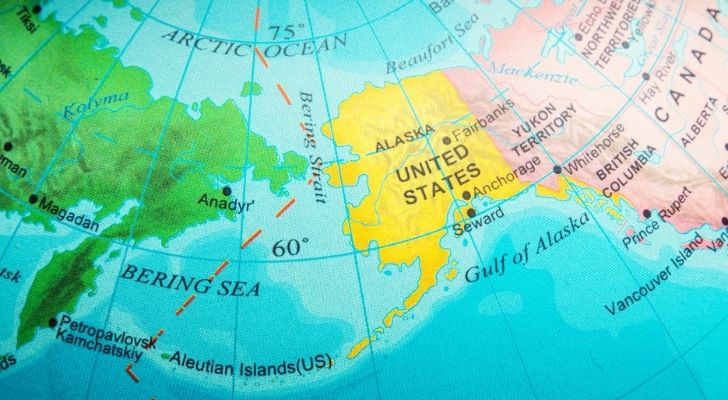
Historians and archaeologists commonly believe America was inhabited as late as 15-13,000 BC.
The first inhabitants are believed to have traveled from the far east of modern-day Russia across the Bering Strait into what is now Alaska.
These early explorers, known as the Paleo-Indians, were nomadic people who hunted and gathered food. This nomadic life led the Paleo-Indians to spread throughout the Americas and eventually settle in many areas.
Native Americans are the direct descendants of these early adventurers.
In South Dakota, the earliest evidence of human activity dates back to at least 11,000 years ago, but there may be sites yet uncovered that push this date back.
Many different tribes lived in South Dakota before Europeans arrived.
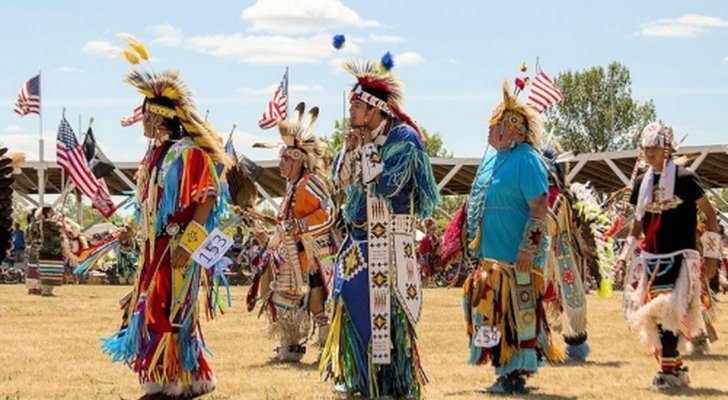
The first people to live in the region were the descendants of the Paleo-Indians, who also lived nomadically.
Around 500 AD, a group known as the “Mound Builders” came to power. As their name indicates, the most significant evidence of their activity in the region can be found in the large earthen burial mounds that still dot the landscape today.
They lived semi-nomadic lives, moving from one temporary village to another.
The people of South Dakota developed into entirely agricultural societies by around 1400 AD. Several tribes moved in and out of the region, with some still living there when Europeans first arrived.
The largest were the Sioux tribes, the Dakota, Lakota, Nakota, and Assiniboine.
Others living within modern-day South Dakota include the Cheyenne, the Arikara, and the Loway.
The first Europeans to reach South Dakota were French.
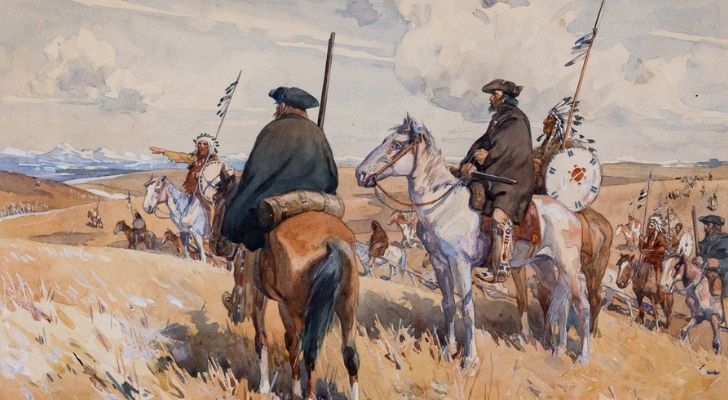
It wasn’t until 1743 that the first Europeans made it as far inland as the region, which now encompasses South Dakota.
Two French brothers, the LaVerendrye brothers, trekked to where Fort Pierre now stands today and claimed the region for France as a part of La Louisianne.
When they claimed the land, they buried an inscribed lead plate to commemorate the occasion.
France would have little to do with the region, though; shortly after, in 1762, it became a part of Spanish Louisiana.
It changed hands again in 1801, when it returned to France, before being purchased by the United States Government in 1803 as a part of the Louisiana Purchase.
The Lewis and Clarke expedition traveled through South Dakota in 1804.
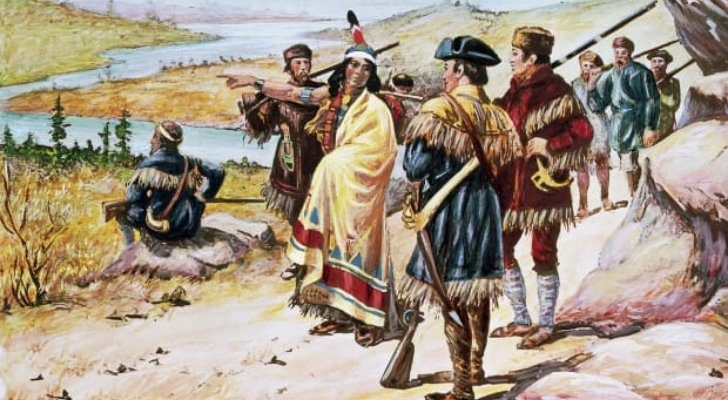
President Thomas Jefferson quickly organized an exploratory expedition to learn more about the newly purchased Louisiana Territory, which included modern-day South Dakota.
The Corps of Discovery expedition, more familiarly known as the Lewis and Clarke Expedition, set out on a journey in 1804 to reach the Pacific Coast and map out the territory they crossed.
They passed through the South Dakota region later that year, encountering several different tribes on their way through.
Some encounters were peaceful, and some came close to bloodshed. Just 15 days were spent in South Dakota, with the expedition moving to North Dakota by October 1804.
The first permanent white settlement in South Dakota was a fur trading post.
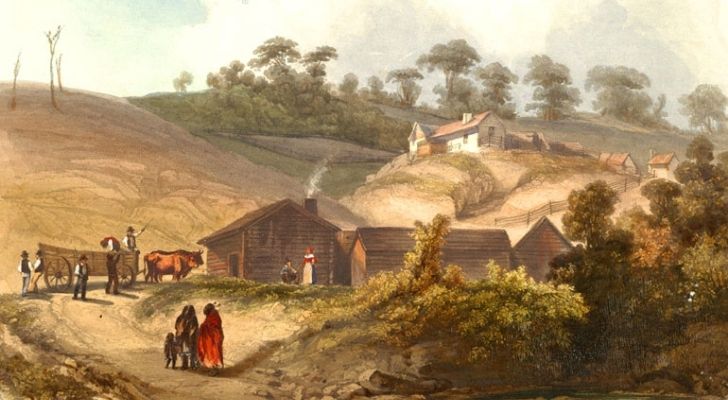
By 1817, the fur trading industry had reached South Dakota, with trappers moving in and settling in parts.
The first trading post established was Fort Pierre, the oldest continuously occupied white settlement in South Dakota.
Fort Pierre was promptly followed by many more, and by the 1850s, there were more than a hundred trading posts.
Soon after, a wave of settlers from both Europe and the USA, with many more arriving after the US made a treaty with the Yankton Sioux, which gave the government much of the land.
Not long after, in 1861, the region was established as Dakota Territory.
North Dakota and South Dakota became states at the same time.
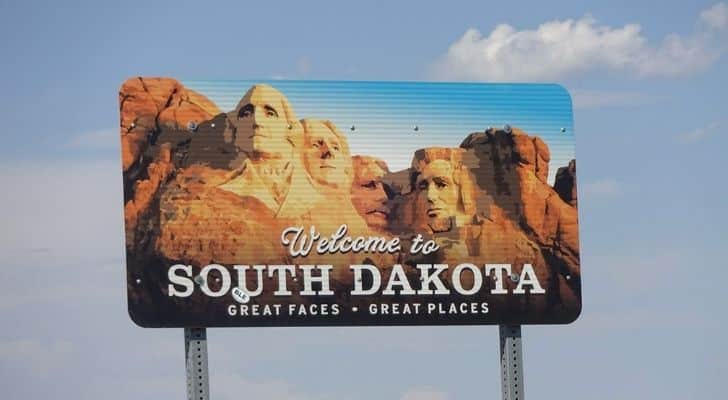
Dakota Territory’s population was booming, and it grew so much that instead of becoming just one state, it was split into North and South Dakota.
On November 2, 1889, the two regions became states. No one knows which of the two states is the 39th state and which is the 40th state, though.
President Benjamin Harrison didn’t want to give the idea that one state was more important than the other, so when the time came to sign the required papers, he had them shuffled before signing them.
North Dakota is listed first in most states as it simply comes before South Dakota alphabetically.
South Dakota was struck hard by the Great Depression.
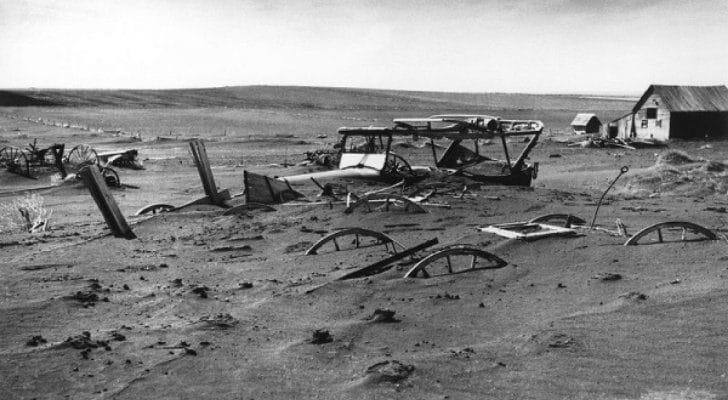
The settlement of South Dakota steadily rose after it attained statehood.
Railroads opened up the state and allowed more and more settlers to take advantage of the newly available land. This took a downward turn in the 1930s, though.
Several catastrophes hit South Dakota one after the other and crippled the state and its economy.
One of these catastrophes was the Dust Bowl, a period through most of the 30s that affected many, including South Dakota. During the Dust Bowl, the topsoil in fields blew away, and giant dust storms and drought soon followed.
When the Great Depression struck, it was the final straw for many South Dakotans and their businesses.
After growing steadily for years, the state’s population dropped by 7% between 1930 and 1940.
Mount Rushmore was completed in 1941.
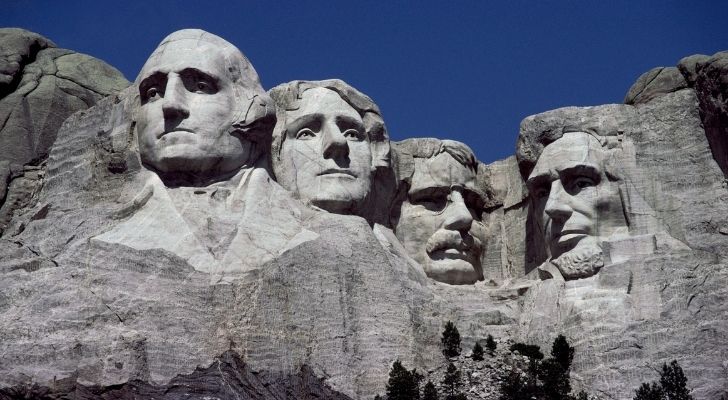
The cliff face that Mount Rushmore was carved out of, as well as the rest of the Black Hills, once belonged to the local Sioux tribes.
In the late 19th century, gold was discovered in the region, and prospectors flocked there, much to the ire of the local tribes.
Conflicts between the US government and the Sioux spanned for several years, after which the land was claimed by the US.
Much later in the 1920s, in an attempt to boost tourism to the state, a plan was put forward to carve the heads of several important national icons into Mount Rushmore.
Initially, the idea was to carve out the likeness of Abraham Lincoln and George Washington, and it was only later that Theodore Roosevelt and Thomas Jefferson made the cut.
Construction began in 1927, with 450,000 tons (408,233 tonnes) of rock removed before it was completed in 1941.
The only corn palace in the world can be found in Mitchell, South Dakota.
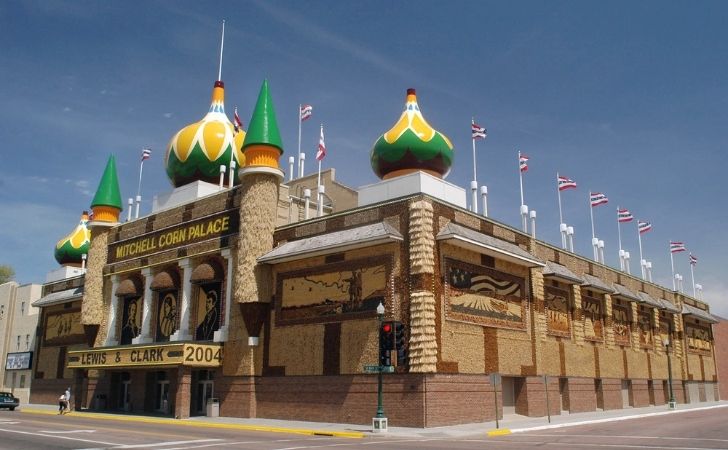
It’s about as funny as it sounds and also as straightforward too! The Corn Palace was initially constructed to host a festival dedicated to the year’s harvest in 1892.
At the time, only 3,000 people were living in Mitchell. Since then, the Corn Palace has relocated and evolved several times.
These days the Corn Palace is more than just the home of a harvest festival; it also hosts events, meetings, banquets, proms, exhibits, and even basketball matches!
The most fascinating part of the Corn Palace is what gives it its name, which is how it’s decorated.
The entire building is decorated with murals made of corn and grain and redecorated in a different style each year.
South Dakota will one day be home to the second-largest monument in the world.
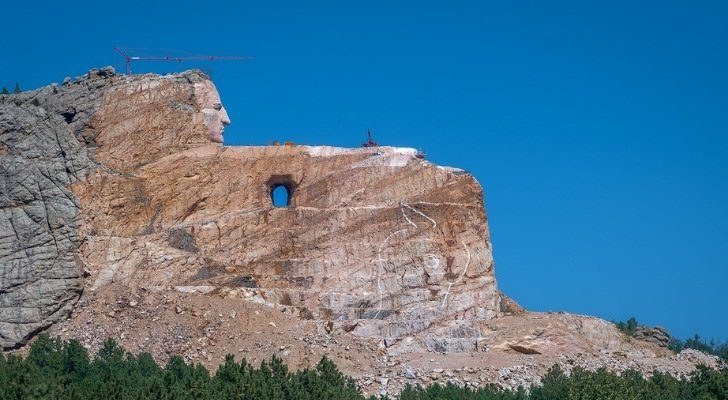
That’s if it will ever be completed. The Crazy Horse Memorial is currently carved out of a Black Hills, South Dakota mountain.
The monument itself is being constructed in honor of the Lakota leader Crazy Horse, who fought against the US government in an attempt to protect his tribe’s ancestral land.
It was commissioned by local Lakota leader Henry Standing Bear back in 1940, with construction beginning in 1948.
Korczak Ziolkowski, the sculptor who took on the project, spent nearly his entire life working on it, with his family taking on responsibility for the work after his death in 1982.
The project is still ongoing today, with just the head and the face of Crazy Horse completed so far. When completed, the monument will stand an incredible 563 feet (171 m) tall!
The divorce capital of the US used to be Sioux Falls, South Dakota.
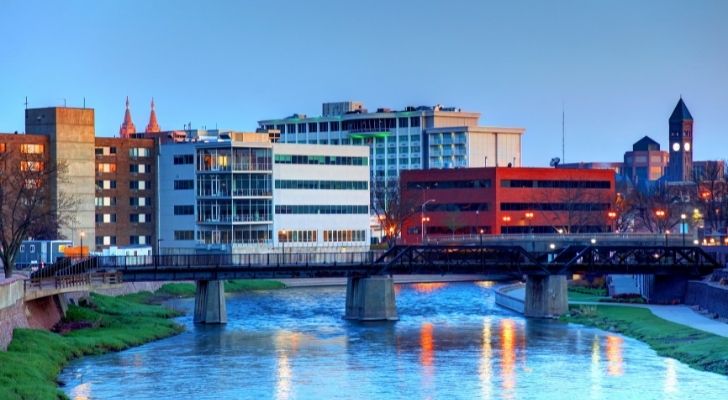
Back at the turn of the century, it was tough to get a divorce.
In most US states, the married couple should have lived in the state for at least one year and only permitted it if there were accusations of adultery.
In South Dakota, the laws were a bit looser, enabling divorces for people that resided within the state for as little as three or six months and on much broader grounds.
From 1889 until the laws were reformed in 1909, at least 6,000 divorces were granted in Sioux Falls, giving it the title of divorce capital of the nation.
At least two-thirds of these divorces were granted to people who usually resided in other states.
The geographic center of the United States lies in South Dakota.
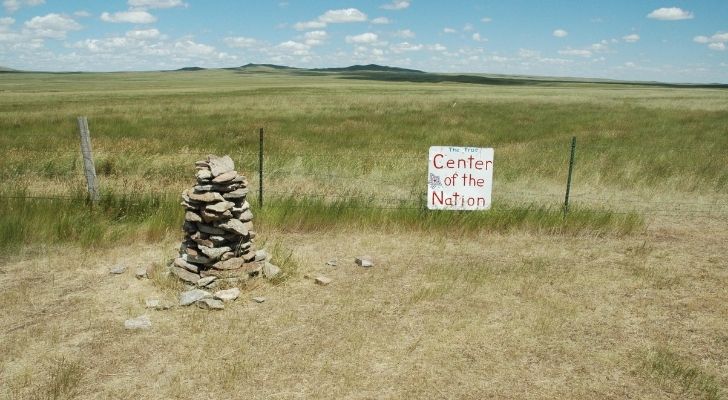
In a field outside the sleepy city of Belle Fourche lies the geographical center of the United States of America, when you include Hawaii and Alaska.
In 1959, Hawaii was added as a state that shifted the geographical center to some farmland outside the city.
The city of Belle Fourche jumped at this opportunity to put itself on the map and erected a monument in honor of it.
While the monument is just over 20 miles (32 km) from the actual geographic center, it makes a great roadside stop compared to some random field.
A small city in South Dakota holds a mashed potato wrestling competition annually.

One of the most important crops in South Dakota is the humble potato.
This tasty tuber is celebrated yearly in Clark through a multi-day festival called the Potato Days.
Participants of the festival can get involved in many potato-related activities, such as potato decorating competitions and potato dish cooking contests.
The main event of Potato Days is what draws people to the festival, though, as contestants attempt to wrestle in the middle of a makeshift tub of mashed potato!
The largest and most complete T-Rex fossil was unearthed in South Dakota.
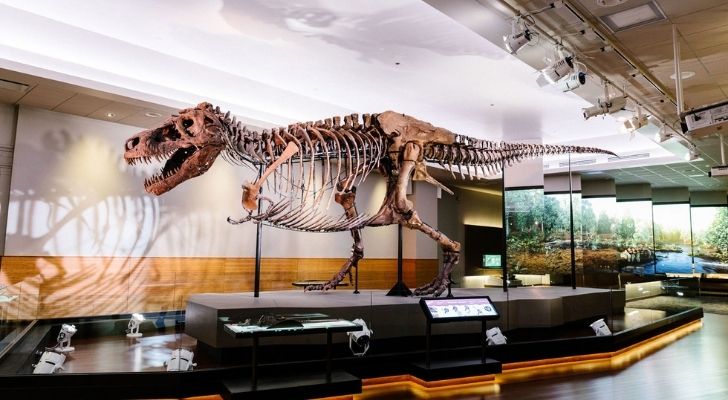
The Tyrannosaurus rex, or T-Rex for short, was appropriately named Sue, after Sue Henrickson, who came across it.
Sue the T-Rex was discovered in 1990 when Henrickson excavated an area not far north of Faith, South Dakota.
While the T-Rex is named Sue, the gender of the dinosaur is unknown, although we know it was around 28 years old when it died.
Sue is quite famous in the fossil world, as it is the largest, most complete T-Rex fossil discovered as of 2022.
If you’re interested in catching a glimpse of Sue, you can find it at the Field Museum in Chicago.
One of the Wild West’s most iconic frontier towns can be found in South Dakota.
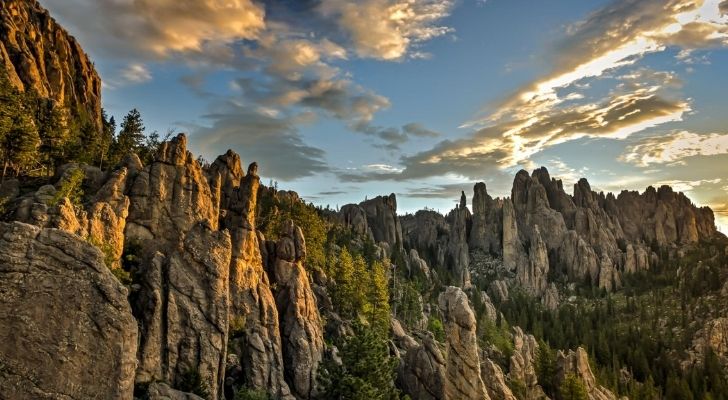
In 1874, gold was discovered in the southern Black Hills in South Dakota, prompting one of the greatest gold rushes in US history.
Almost overnight, several camps and towns popped up all over the place.
Deadwood was as much of a frontier town as possible, full of gamblers, fortune seekers, outlaws, and so on.
The events which conspired in Deadwood’s gold rush days were so iconic of the Wild West that both a TV show and a movie have been based around it.
When many people look at South Dakota, they may see little more than a big farming state that has little to offer.
While South Dakota is still very much a farming state, it’s much more than that these days.
With beautiful nature, remarkable landmarks, fascinating history, and quirky festivals, you’ll find more than enough to keep you busy!

